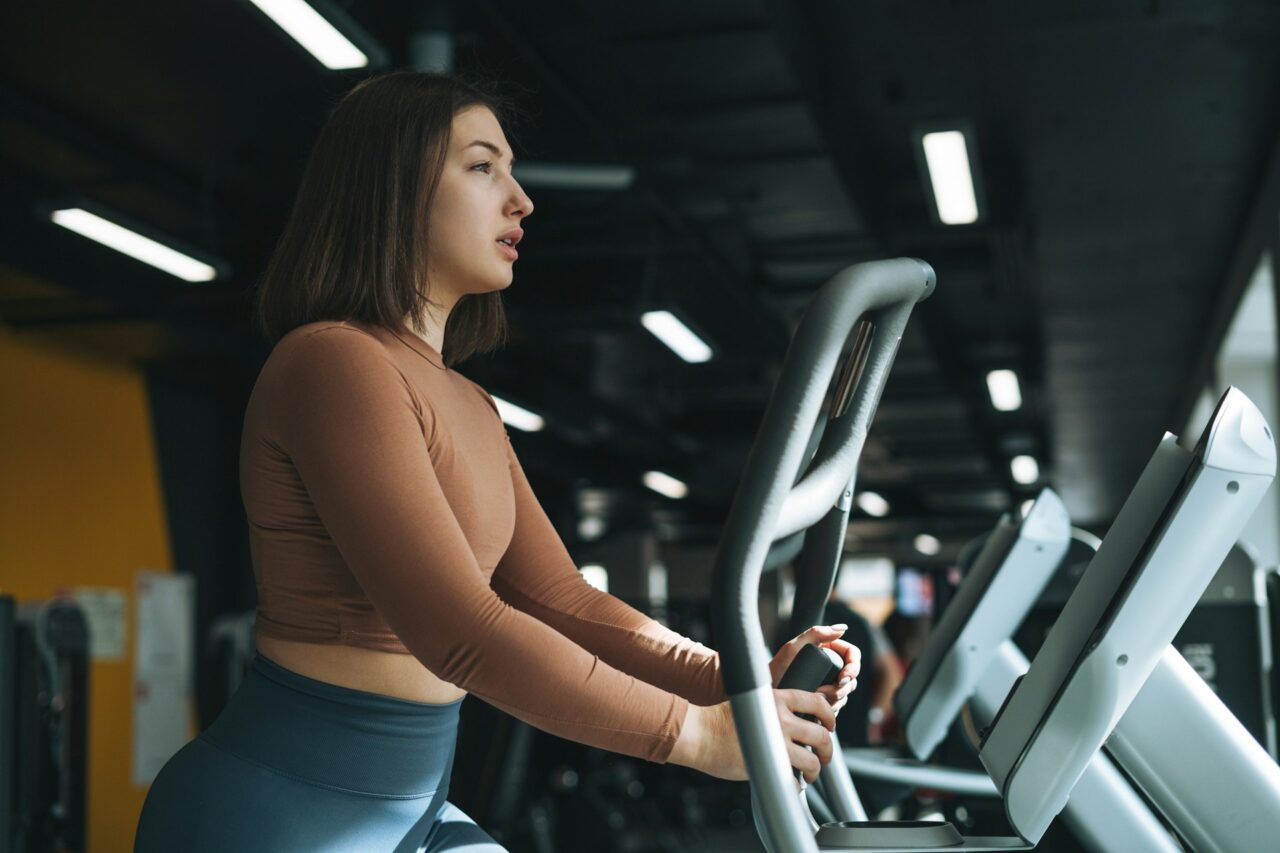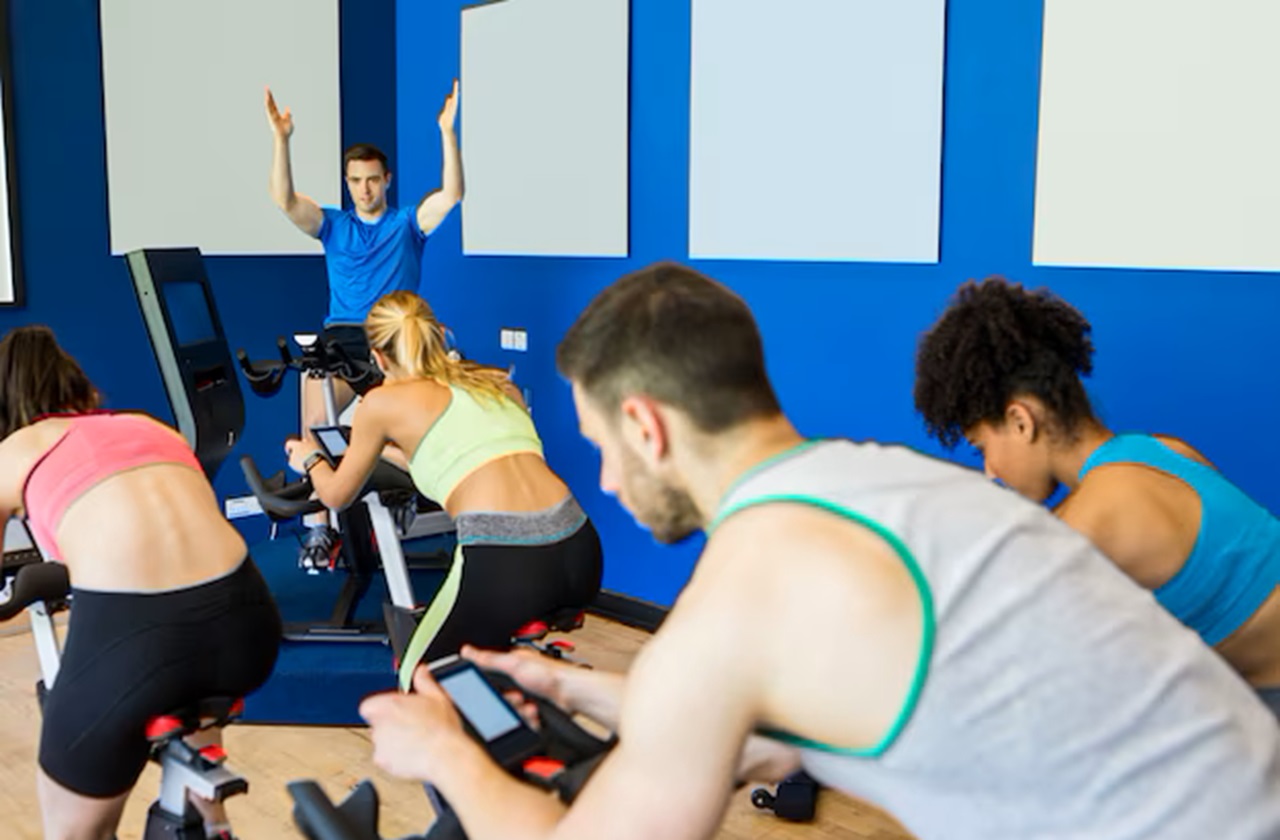Lifting free weights can boost strength and build muscle, but staying safe is crucial to prevent injuries. Whether you’re a beginner or an experienced lifter, understanding how to lift safely helps you get the most out of your workouts while minimizing risks. It’s not just about lifting the heaviest weights; it’s about doing it right to stay strong and injury-free.
Preparation Before Lifting
Preparing your body and mind before lifting weights is essential for safety and effectiveness. Start with a warm-up to get your muscles ready. A good warm-up increases blood flow, making muscles more flexible and reducing the risk of injury. Spend 5 to 10 minutes doing light cardio like jogging in place or jumping jacks. Follow this with dynamic stretches that focus on the muscles you’ll use during your workout. Arm circles, leg swings, and torso twists are effective movements to consider.
Choosing the right attire impacts your lifting performance and safety. Wear breathable clothing that allows you to move freely. Tight or restrictive clothes can hinder movement and lead to incorrect form. Proper footwear is important, too. Shoes with good grip and support help you maintain balance and prevent slips, especially when lifting heavy weights.
Equipment choice is just as crucial as clothing. Beginners should start with lighter weights to learn the correct form. Gradually increase the load as you get stronger and more comfortable. Avoid the temptation to lift heavy weights without proper technique, as this increases the risk of muscle strain or more severe injuries. Preparing thoughtfully sets the stage for a productive, enjoyable, and safe weightlifting session.
Mastering Proper Lifting Techniques
Learning proper lifting techniques is critical to maximizing gains and staying injury-free. Start with squats, a foundational exercise. Stand with feet shoulder-width apart, toes facing forward. Keep your back straight, chest up, and core engaged. Bend your knees and lower your hips as if you’re sitting back in a chair. Ensure knees stay aligned over the toes. Return to the starting position by pressing through your heels.
For deadlifts, stand with feet shoulder-width apart and a barbell over the mid-foot. Keep your back straight, core braced, and chest up. Bend at the hips and knees to grasp the barbell. Lift by extending your hips and knees, keeping the bar close to the body. Avoid rounding your back and ensure the bar is lifted in a straight path.
Common mistakes include using momentum instead of muscle strength, lifting with the lower back, and neglecting breathing. Inhale before lifting, hold your breath during the lift to stabilize your core, and exhale after completing the movement.
Correct form is crucial, so focus on mastering it before adding more weight to your routine. Consider seeking guidance from a trainer if you’re unsure about your form. By practicing these techniques, you effectively target muscles and enhance strength while maintaining safety.
Using Spotters and Safety Equipment
Having a spotter is essential when lifting heavy weights, especially for exercises like bench presses and squats. A spotter provides support and assistance when you need it most. They help ensure you can complete a lift safely without overstraining. Choose a spotter who understands your routine and can handle the weight you’re lifting. Communication is key—explain how much help you need before starting each lift.
Safety equipment also enhances your workouts. A weightlifting belt supports your lower back during heavy lifts, reducing strain and promoting good posture. Use a belt when doing exercises that stress the spine under load, such as deadlifts or squats. Wrist wraps stabilize the wrists, providing extra support during pressing movements. They’re particularly useful if you have wrists that tire quickly.
Keep in mind that while these tools help, they don’t replace proper technique or listening to your body. Always prioritize good form, even when using equipment. These pieces of gear should enhance your safety and performance, not act as a crutch. Remember to regularly check the condition of your equipment to ensure it provides the protection you need.
Listening to Your Body and Rest
Paying attention to your body’s signals is crucial for staying safe and making progress. If you feel pain or discomfort beyond normal soreness, it might be a sign to stop or modify your routine. Fatigue can lead to poor form, increasing the risk of injury. Give yourself time to rest and recover, as muscles grow and strengthen during rest, not while you lift.
Rest days are just as important as workout days. They help prevent overtraining and give your body a chance to heal. Typically, aim for at least one or two rest days a week, more if you’re lifting intensely. Balance is key—alternate between different muscle groups, allowing some to recover while others are worked.
To keep your fitness routine effective and safe, adapt your program based on how you feel. If you’re consistently fatigued or struggling to recover, it may be time to revise your workout plan. Ensuring adequate sleep, hydration, and nutrition also supports recovery and overall health. Listening to your body and resting appropriately helps you achieve fitness gains while minimizing the risk of burnout or injury.
Conclusion
Achieving your fitness goals with free weights is a journey that requires dedication, understanding, and respect for your body’s limits. Safety isn’t just about avoiding injuries—it’s about creating a sustainable fitness routine that keeps you motivated and making progress over time. Emphasize the importance of preparation, proper technique, supportive equipment, and recovery. Each element plays a vital role in your weightlifting success and longevity.
As you incorporate these practices into your routine, consider finding a gym environment that supports your fitness journey. At Raynham Athletic Club, we’re ready to assist you with a comprehensive range of fitness resources and a supportive community. Whether you’re looking to refine your technique or explore new workouts, our athletic club personal trainers will help you thrive. Come visit us to experience a safe, enjoyable, and effective fitness journey.





